Cheers to 75 years of hospitality and tourism at SAIT

From hat making to world renowned hospitality, tourism and culinary programming, SAIT’s School of Hospitality and Tourism has spent the last 75 years on a transformational journey
Spoiler alert: There’s no end in sight.
SAIT’s story may have begun teaching metalworking and motor mechanics in 1916, but it evolved swiftly, and SAIT continuously introduced new areas of study to meet demand. In 1921, an Industrial Dressmaking and Millinery (hat making) program was offered at SAIT in response to the growing need for a skilled workforce in those areas. The curriculum included shop work, textiles and materials, costume and hat design, economics of buying and selling, drawing and bookkeeping.
The course transitioned to a two-year Dressmaking and Commercial Cooking program in the late 40s, giving students the opportunity to specialize in one of two areas during the second year of study. One of SAIT’s first female department heads, Alva Ripley, was hired to develop the cooking program. Born in Lethbridge and a graduate from the University of Alberta in Home Economics, Ripley began experimenting with different methods and curriculum, bringing commercial restaurant equipment into the classroom.
Shortly thereafter, a one-year program focused solely on cooking studies was introduced in 1949. With Ripley at the helm as an instructor, the humble beginnings of hospitality and tourism at SAIT were born.
This year, we’re celebrating the 75th anniversary of the School of Hospitality and Tourism, and there’s a lot to be excited about looking toward the future.
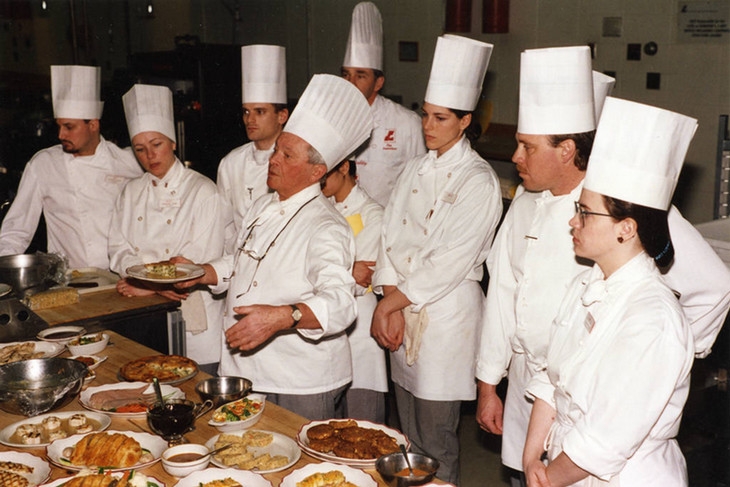
But first, a little about our roots (and we don’t mean vegetables)
Culinary Arts
The year was 1949. While Newfoundland was becoming a province and Canada joined NATO, SAIT delivered a one-year cooking studies program named Restaurant Management to 13 eager students. After multiple iterations of the program, the Cook Apprenticeship program was launched by the end of the late 50s, and the first Industry Advisory Committee was established to understand the needs of industry as new curriculum was designed.
The 60s saw significant expansion with several new programs related to cooking. Commercial Cooking was offered as a two-year program in 1963, and by 1967, Short Order and Specialty Cooking was added, with Commercial Baking next to come as a one-year program in 1969.
In 1987, the department changed its name from the Food Services Department to the Hospitality Careers Department and saw the addition a Professional Cooking programs — the precursor to SAIT’s renowned Culinary Arts program. From curriculum revisions to building renovations, learning to cook at SAIT has evolved significantly along with the industry over the last 35 years. The two-year program offered today delivers hands-on instruction at one of the best culinary schools in Canada.
Baking and Pastry Arts
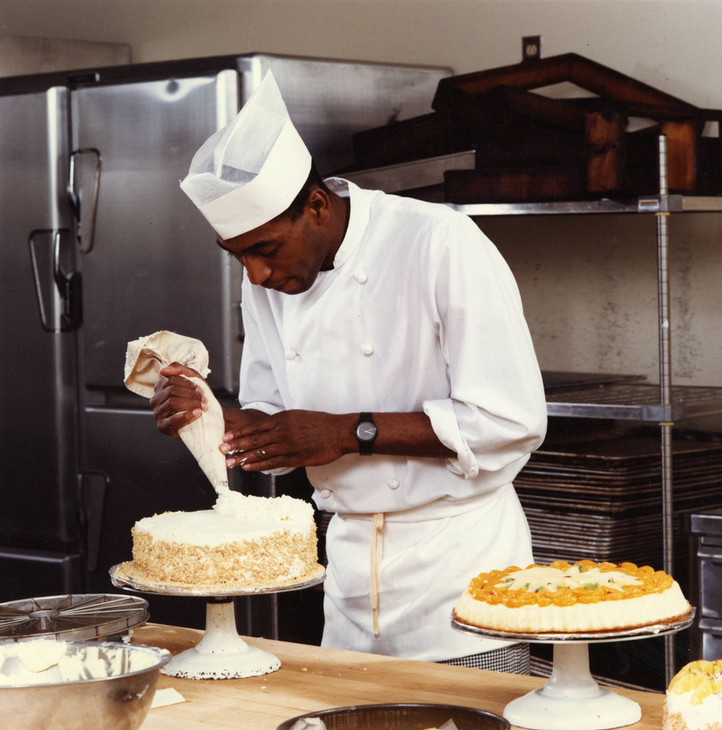
First launched in 1967, Commercial Baking was offered at SAIT to teach “modern techniques in this ancient art,” according to an archived Academic Calendar. The program ran for more than 30 years before it underwent considerable changes to incorporate pastry chef curriculum in the early 2000s, establishing the Baking and Pastry Arts diploma as it is today.
Butchery and Charcuterie
Meat cutting was initially a component of the Commercial Cooking program. As butchery grew in popularity and became a more viable career option, SAIT introduced a Basic Meat Cutting course in 1966, which ran concurrently with Backyard Cooking — both part of the Continuing Education offerings — until the 80s when Retail Meat Cutting became a certificate program. SAIT now delivers a Butchery and Charcuterie certificate program out of The Butchery Living Lab, where students gain hands-on experience learning specialized meat cutting and charcuterie skills.
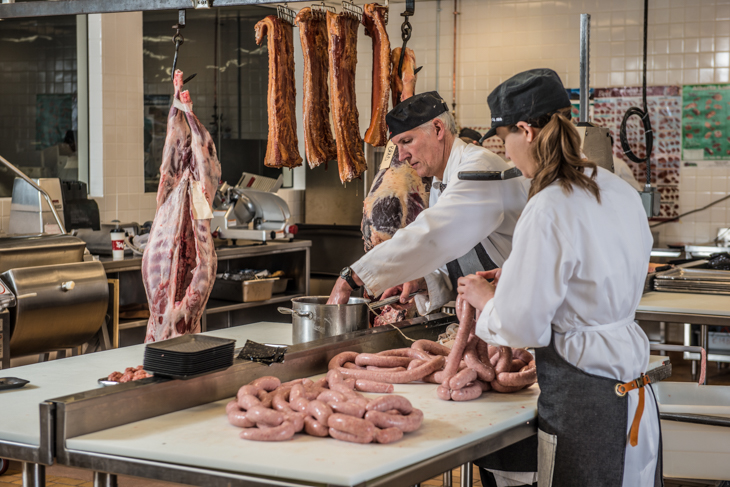
Hospitality and Tourism Management
Hotel and Restaurant Management was added as a program in the early 70s. A Tourism major was introduced in 1973 and became a stand-alone two-year Tourism Administration program by 1980, with a Travel Counselling option. In 1984, Travel Counselling became its own separate program and was later redesigned as a one-year certificate. Today, SAIT offers a Hospitality and Tourism Management diploma with seven areas of specialization, ranging from beverage management to travel and tourism, and a 2+2 degree program.
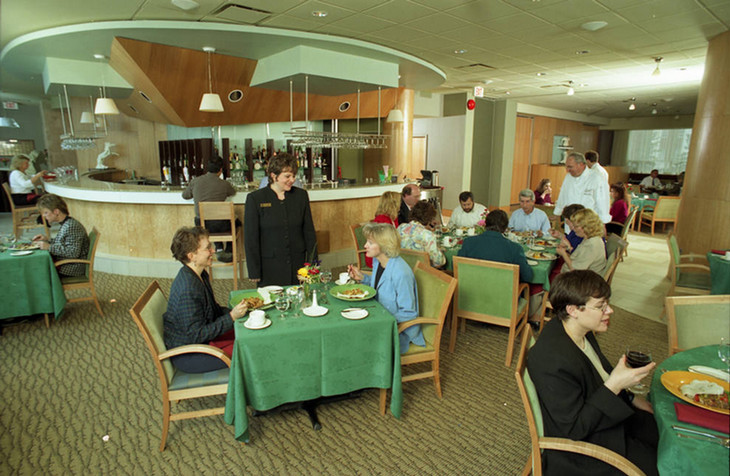
The SAIT School of Hospitality and Tourism is consistently recognized as one of the best hospitality schools in the world and ranked 13th in the world and number one in Canada on the CEOWORLD Magazine’s Best Hospitality and Hotel Management Schools for 2025.
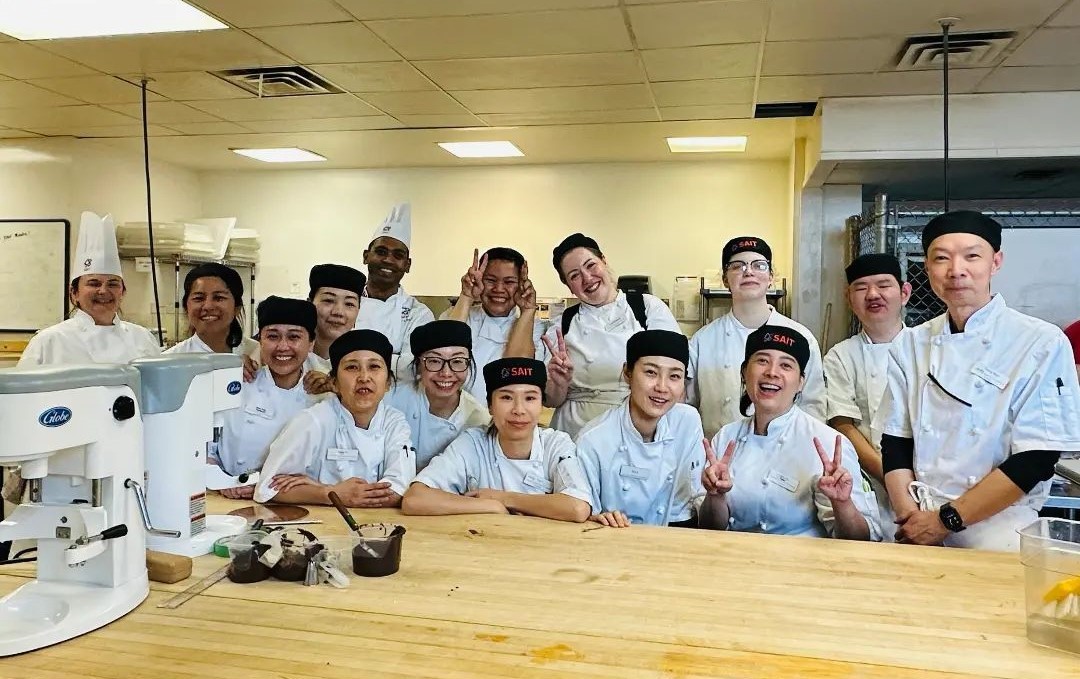
Industry Driven
We prepare students for successful careers and lives.
SAIT'S
2020-2025
Strategic plan

Oki, Âba wathtech, Danit'ada, Tawnshi, Hello.
SAIT is located on the traditional territories of the Niitsitapi (Blackfoot) and the people of Treaty 7 which includes the Siksika, the Piikani, the Kainai, the Tsuut’ina and the Îyârhe Nakoda of Bearspaw, Chiniki and Goodstoney.
We are situated in an area the Blackfoot tribes traditionally called Moh’kinsstis, where the Bow River meets the Elbow River. We now call it the city of Calgary, which is also home to the Métis Nation of Alberta.